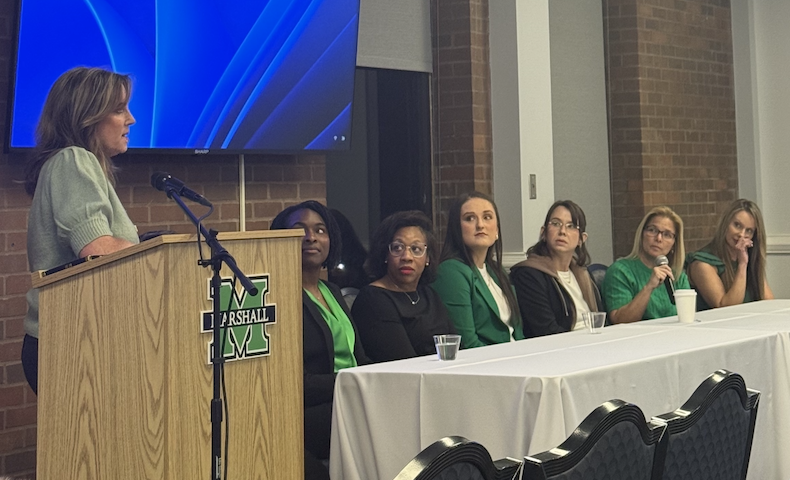One of the biggest, if not the biggest, worries for any college student is how to pay for tuition, housing, books and any other fees associated with the university. Many students spend years preparing during high school to achieve high grades to alleviate some of the financial burden with merit and donor scholarships.
I was one of those overachievers; I was a straight A student before college and scored exceptionally well on the SAT. I was determined to not pay for college, especially because I couldn’t afford it any other way. I am proud to say I did achieve that goal, but it was not until this summer that I learned the truth about how returns work when in college.
Previously, I believed that any student accumulated however much financial aid they acquired, that was compared with the amount the university charged for the semester, then the difference was either given back if the aid was more, or the difference was charged if the aid was less. I only learned this was not the case when I checked my financial aid dashboard and saw that my merit scholarship was canceled for me.
Obviously, I believed that something had gone wrong. I knew that I had managed to keep the G.P.A. and credit hour requirements, so why had my scholarship been canceled for me? More problems started to appear after I noticed this: the amounts of my scholarships were less than they should be, the items I was being charged for didn’t make sense and previous semesters showed these same discrepancies.
My first course of action was to email Student Financial Assistance. Surely they could answer the specific questions I had about my scholarships, right? Wrong. The email I received did not answer any of the questions I had explicitly stated and instead seemed like a blanket statement email given to anyone who emails the office.
Instead of trying to send them another email, I opted to wait until Orientation week and walk into the Financial Aid Office, so I could talk to someone face to face. I had prepared a list of questions that I was determined to have answered before I walked out of there, and I wasn’t going to take no for an answer.
In comparison to the email, the attention and honest commitment to help me by the representative I talked to was astonishing. She was very quick to explain any questions I had and was very open about how everything was calculated.
What I learned from her was students can only gain financial aid up to the amount of Marshall’s Cost of Attendance, which is what is shown on the Financial Aid Dashboard. This is not what is actually billed to students; it is used as a budget-decider.
The CoA is used to determine the amount of federal financial aid you can obtain from programs like the Pell grant and Direct Loans. It also, unfortunately, sets a limit on how much aid you can receive.
I felt like the rug had been drawn out from under my feet. I had spent so much time trying to prepare for the costs of college, and had far surpassed what was needed. In my head, I had earned that extra money and should receive it as an accomplishment. Now, I was just learning that wasn’t the case. I was not receiving a large portion of the money I had been awarded, and anything extra I made was being cancelled for me.
Working hard has its benefits, up to a point. Working past that point, financially, is a waste of time.




















